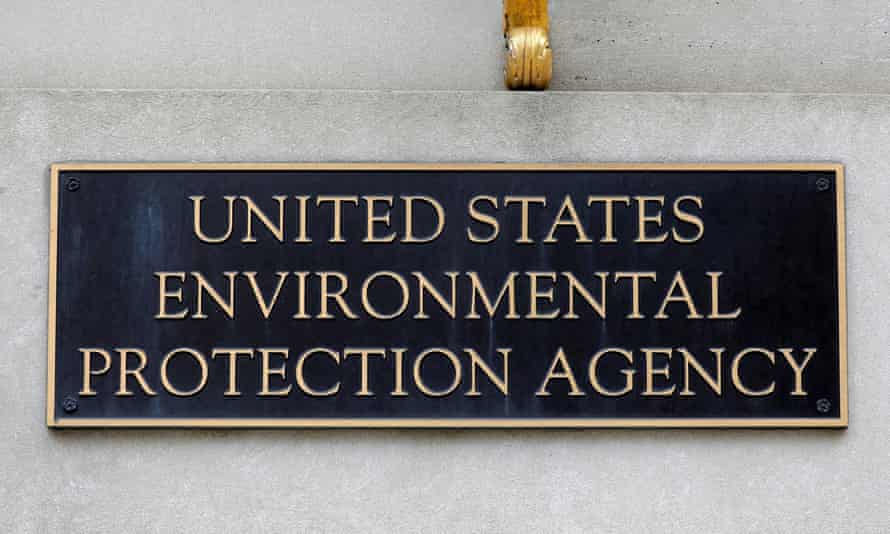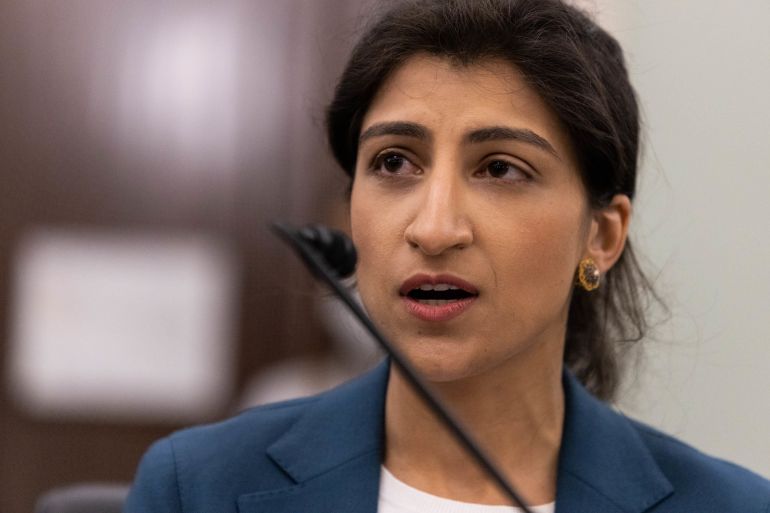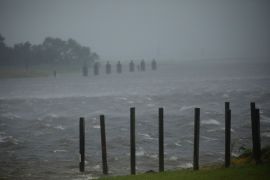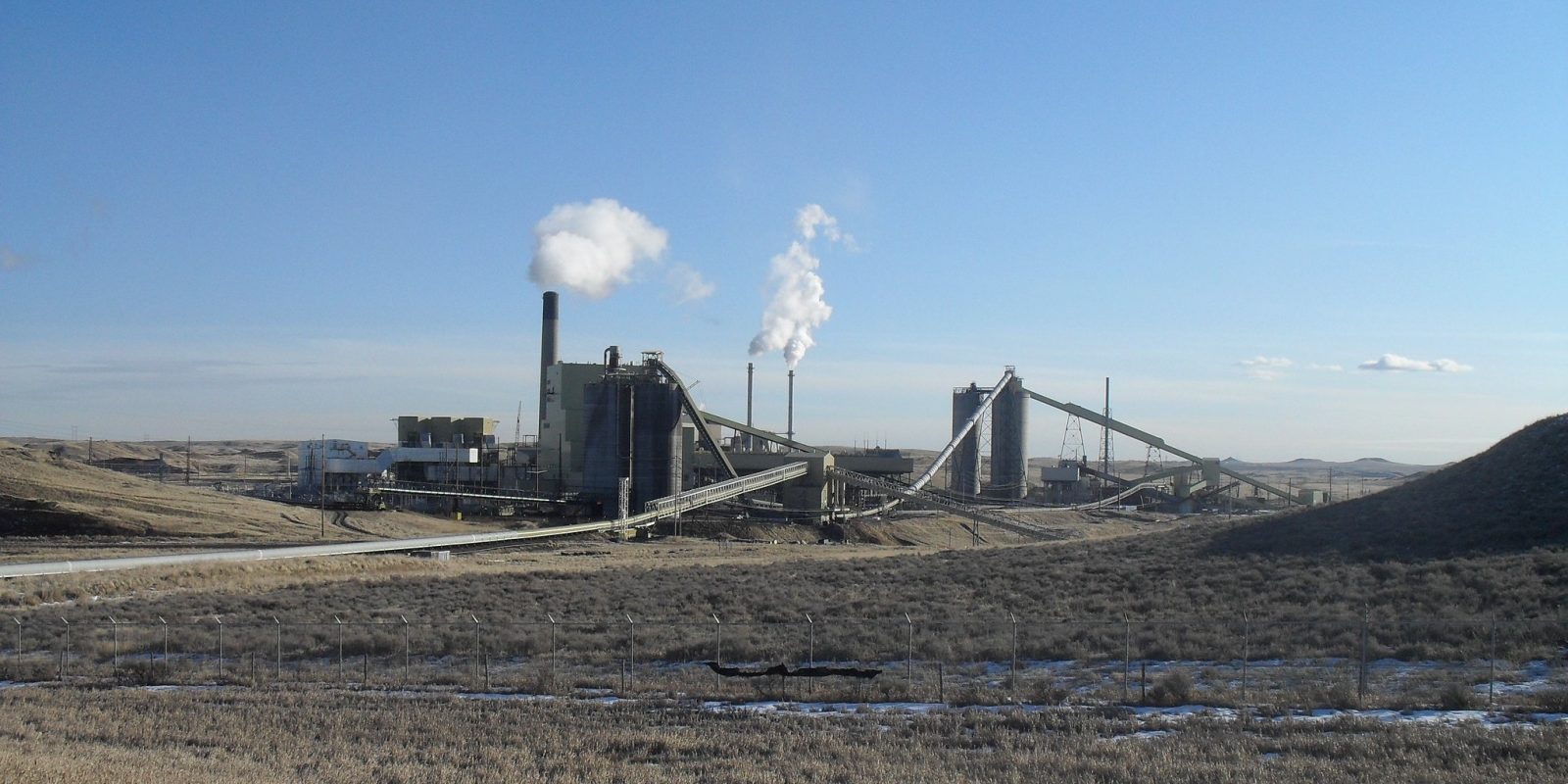EPA is falsifying risk assessments for dangerous chemicals, say whistleblowers
Agency scientists say management silences and harasses them to appease chemical industry

Whistleblowers say the US Environmental Protection Agency has been falsifying dangerous new chemicals’ risk assessments in an effort to make the compounds appear safe and quickly approve them for commercial use.
Over the past five years, the EPA has not rejected any new chemicals submitted by industry despite agency scientists flagging dozens of compounds for high toxicity. Four EPA whistleblowers and industry watchdogs say a revolving door between the agency and chemical companies is to blame, and that the program’s management has been “captured by industry”. The charges are supported by emails, documents and additional records that were provided to the Guardian.
“The depth of it is pretty horrifying,” said Kyla Bennett, New England director of Public Employees for Environmental Responsibility (PEER), a non-profit whose attorneys are representing the four scientists. “I don’t sleep at night knowing what I know from the whistleblowers.”
Their July allegations, which were sent to lawmakers and federal oversight bodies, sparked an investigation by the EPA’s inspector general into the office of chemical safety and pollution prevention, and the House of Representatives this month requested information from the new EPA administrator, Michael Regan. The whistleblowers say similar problems existed during the Obama administration, accelerated under Trump, and have persisted under Biden.
Congress enacted legislation in 2016 designed to tighten oversight of the toxic chemical approval process. Instead, career EPA managers have worked to sabotage the process by altering risk assessments, waging harassment campaigns against employees, internally accelerating the approval process and retaliating against staff who raise concerns, according to the four agency scientists.
The charges also reveal how management has systematically undermined scientists while working to quickly rubber-stamp dangerous chemicals as safe for use by industry and in consumer products. The managers in question are employees rather than political appointees, making the situation more difficult to address because they don’t turn over with a new administration, Bennett said.
The alterations to risk assessments mostly involved the deletion of health hazards without the authors’ knowledge after assessments were submitted. Documents show that in one file managers deleted all references to a chemical’s carcinogenicity. In other cases, managers asked scientists with less expertise on a subject to sign off on changes without informing the assessment’s author.
The chemical industry has regularly objected to EPA scientists’ conclusions about the dangers of new chemicals, and whistleblowers say it was clear that companies were pressuring management to make changes. In one case, a manager allegedly yelled that a company “went apeshit” over a risk assessment that flagged a chemical’s carcinogenicity, and demanded that the scientist delete that portion, a request that was refused. The scientist was soon transferred out of the division.
Documents show that cases in which scientists and industry were at odds were labeled “hair on fire”, and taken over by a manager who would expedite the approval process and overrule EPA chemists. A management schedule showed managers on daily “HOF duty”, highlighting how frequently industry and scientists disagreed.
In one case, management requested a “button”, or software function, to bypass scientific review in “hair on fire” cases, a November 2020 recording of a conversation between an information technology consultant and managers revealed.
Management also appeared to sabotage the review process by barring staff from talking with other agency experts about a new chemical, which scientists say is critical to developing a complete risk assessment. Whistleblowers said management punished employees who didn’t complete the assessments within 90 days, which scientists say is too short a timeframe.
“Managers seem to think their job is to get as many new chemicals on the market as fast as possible,” Bennett said.
Those who pushed back against management were often berated, threatened and insulted, one former scientist who declined to use their name for fear of retaliation told the Guardian. In one instance, a manager allegedly threw a memo at a chemist. Emails show that management asked a scientist to make bogus harassment charges against another chemist who wouldn’t make changes to a risk assessment that managers had demanded.
Managers’ motivation appeared to be financial, Bennett said. They regularly bounce between the EPA and industry, and the access to the EPA helps them land lucrative private sector jobs. “They’re selling their soul,” Bennett said. “It’s money, it’s greed, but it doesn’t make sense. Don’t these people have any children or grandchildren? Don’t they care?”
The EPA did not respond to requests for comment.
In an interview with the Guardian, a whistleblower with a PhD in toxicology detailed confrontations with management. In one instance, the whistleblower found that a single dose of a chemical could cause malformation in a rodent’s brain. Workers would be handling the chemical five days a year, so the risk assessment draft included a warning about the danger of exposure to a single dose.
That would have caused restrictions to be placed on the chemical’s use, but a manager claimed that the malformation would happen only after repeated exposures, and objected to the inclusion of the warning because workers wouldn’t be handling the chemical on consecutive days. Management instead wanted to change the assessment to say that the chemical presented a low risk, the whistleblower said, which was too vague and put workers in danger.
“It’s frustrating because the majority of people who I work with, including myself, came to the EPA to carry out the agency’s mission of protecting human health and the environment, and to have this kind of pushback in the agency – it makes no sense,” the whistleblower said.
In another instance, managers wouldn’t let the whistleblower use an analog chemical because they were concerned the analog was too toxic. Analogs are existing chemicals that are structurally similar to new chemicals and used to assess a new chemical’s potential health risks. Using an underprotective, less toxic analog could underestimate the new chemical’s health threat. The whistleblower said a manager berated them in front of co-workers for using the more toxic analog, telling them that they weren’t qualified for their position.
“The managers basically said that the company was going to think that we were bad at our jobs and [management wasn’t] going to defend us,” the whistleblower added.
The assault on the division’s scientific process has left its scientists demoralized. A 2020 survey of EPA employees found the chemical division had the most negative view of management and the highest overall dissatisfaction rate in the agency.
Whistleblowing in this situation was “a matter of common good” and EPA employees were facing an ethical obligation to speak out, said Joan Harrington, director of social sector ethics at Santa Clara University.
“The reason we have whistleblower statutes is to reveal this kind of thing, so assuming the allegations are correct … they are sort of ethically obligated to come forward and reveal this information, because the harm that could come by not fairly evaluating these chemicals is extraordinary,” Harrington said.
The EPA inspector general appeared to be conducting a serious evaluation, Bennett said, and it will eventually make corrective recommendations to the EPA, though she added that the agency has a history of ignoring them. The inspector general could forward the case to Congress for action if the EPA doesn’t act.
The House committee on energy and commerce letter to Regan, the EPA director, called the whistleblowers’ allegations “troubling”.
“We … firmly believe EPA’s scientific staff must be able to perform their work of protecting human health and the environment free from inappropriate interference and retaliation,” the letter reads. It questions whether EPA leadership grasps the situation’s gravity and whether any chemicals that have been approved will be reassessed. The committee could potentially open a full investigation and hearing.
In response to concerns raised by PEER, EPA chemical program leadership claimed that it eliminated management’s rule that barred employees from speaking to one another, though Bennett said it was unknown whether the rule has been changed in practice. She added that PEER was “not confident but hopeful” that EPA leadership will take more meaningful action and remove the managers.
“We’re banking on the Biden administration doing the right thing by holding people accountable. We’re not 100% confident that that’s going to happen, but we’re trying,” Bennett said.










